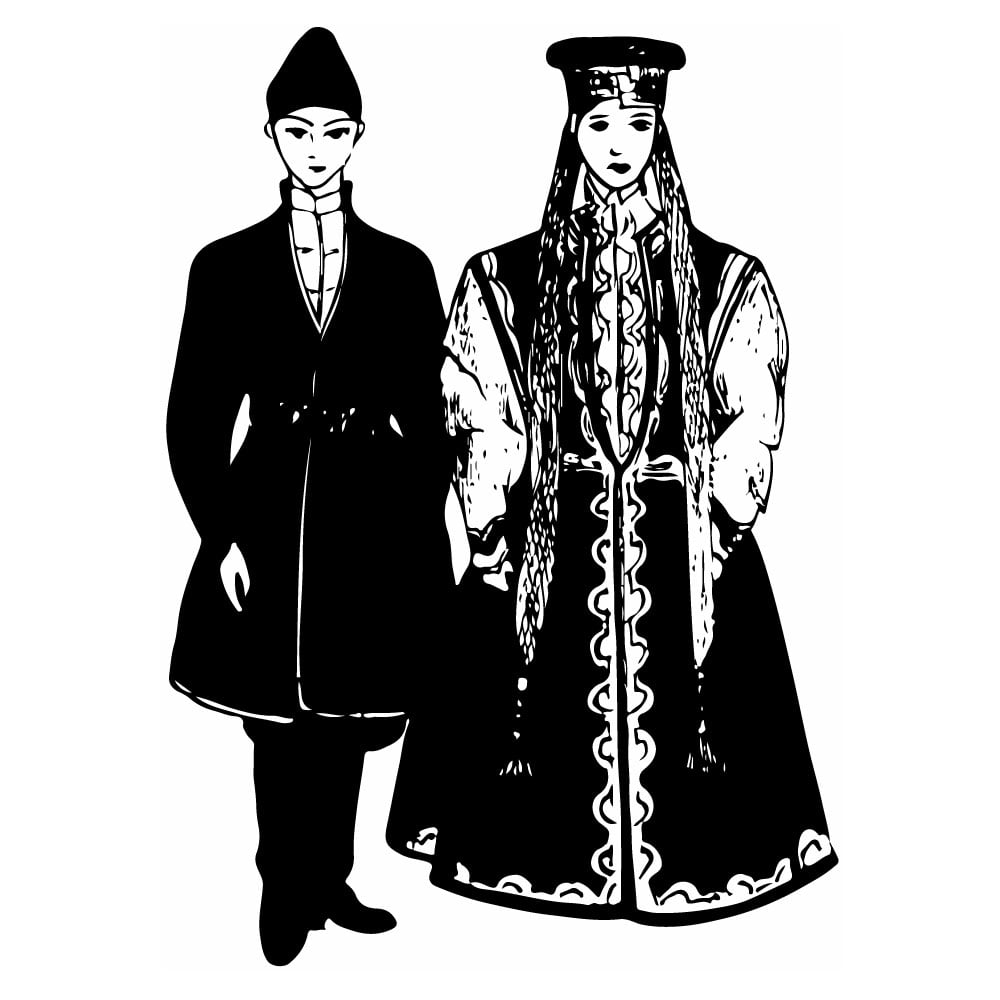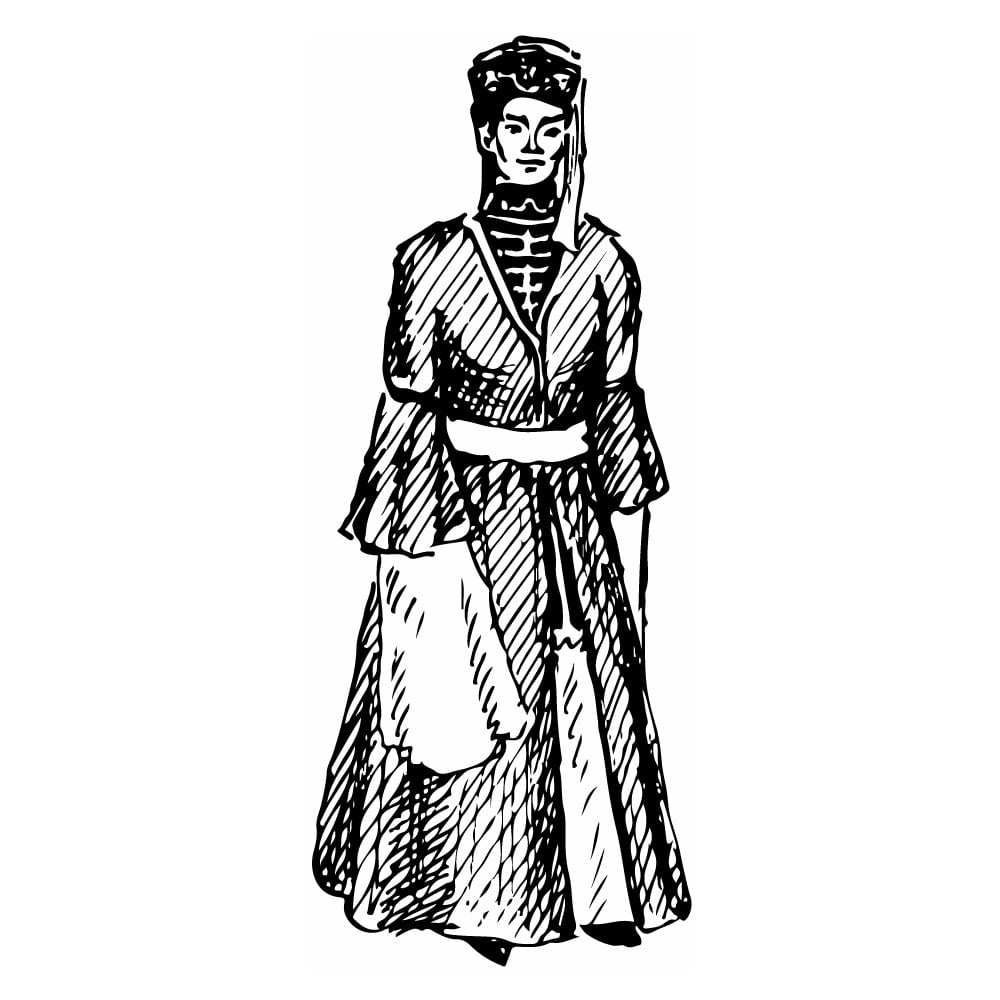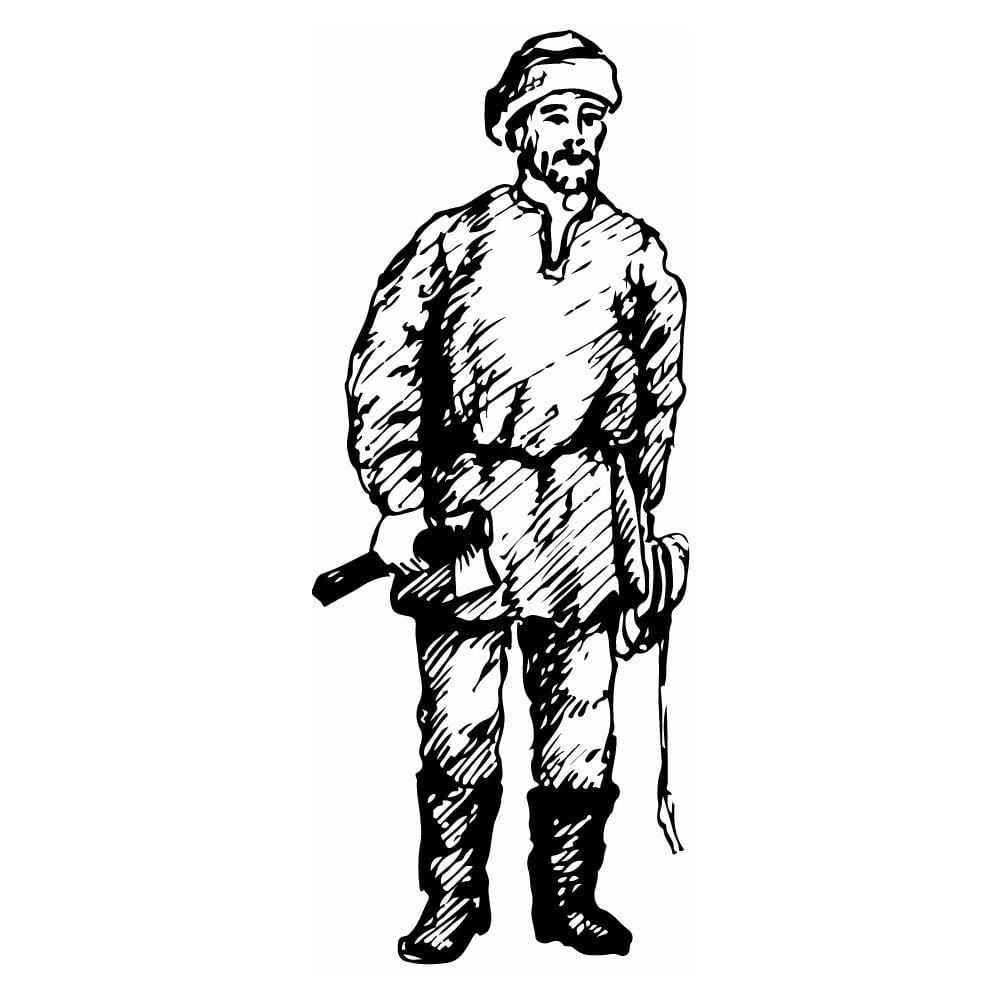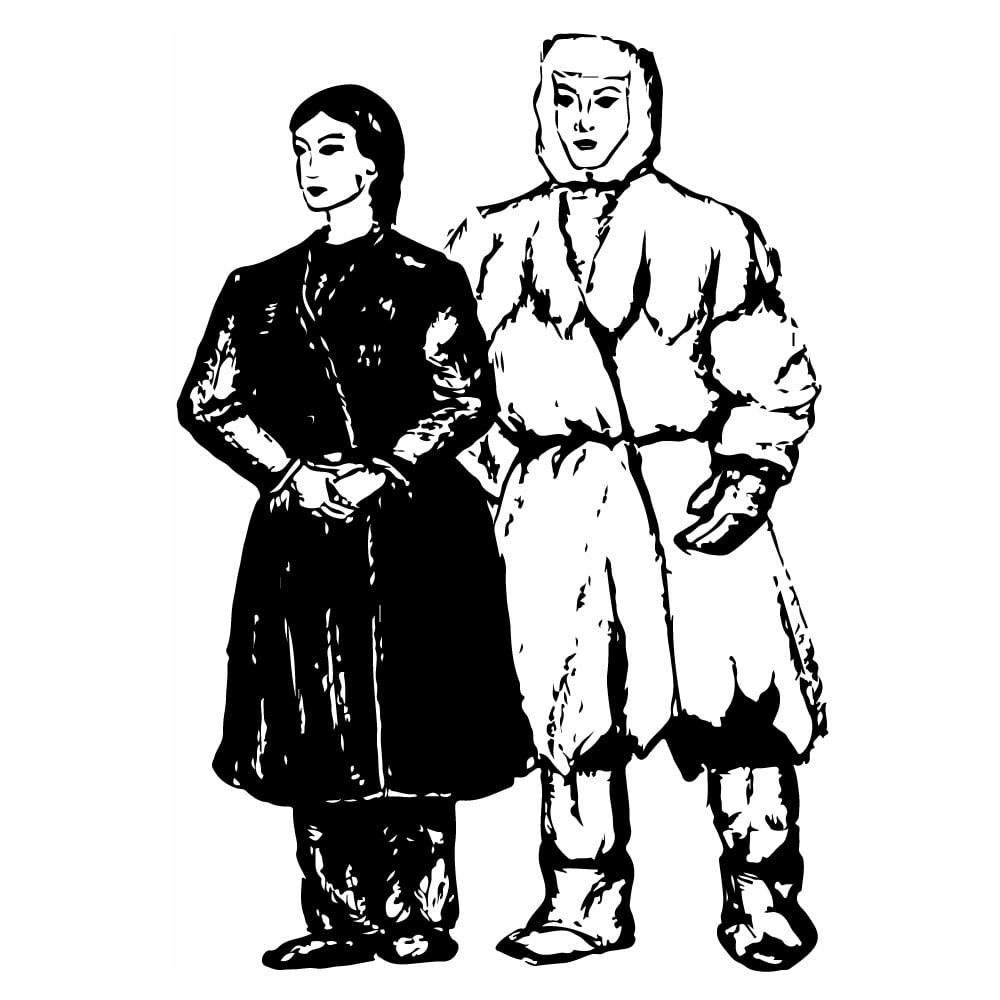Buryats
| Population | 417,000 |
| Language group | Mongolian |
| Language | Buryat |
| Region | The Buryat Autonomous Republic |
| Capital | Ulan-Ude |
| Religion | Buddhism in the East, Shamanism in the West |
*Population estimates for 1994
The Buryats (Buryat as they call themselves) present a nation of the Buryat Autonomous Republic. They also live in Achipsk Buryat National District of Chita region and Ust-Orda Buryat National District of Irkutsk region. Some clusters of the Buryats inhabit the northern parts of Mongolia and northeastern parts of China.
The Buryats were shaped on the Baikal Sea territories. In the seventh century, the Buryats consisted of several tribe groups. The Bulatags, Ekhirits, Khorints, and Khongodory were the most numerous among them. Later, the Buryats were increased by some Mongolians whose ancestors brought assimilated traits of the Evenk and Mongolian foundations of the Buryat language. Consolidation of Buryat tribes and their later merging into one nationality were historically conditioned by their akin cultures and dialects as well as social and political unification of their tribes after they became a part of the Russian empire. On the whole, this process stopped in the seventeenth to eighteenth centuries. During the formation of the main bulk of the Buryat nationality, the tribal differences obliterated; however, some dialects still existed.
Nomadic cattle farming was the main occupation of the Buryats then. They raised cows, sheep and horses. This provided them with meat and milk and served as a draught animal supply. Clothes were made of wool and leather that were sometimes exchanged for fabric and household items. Starting with the early contacts with the Russians the Buryats began cultivating land.
The beginning of the nineteenth century marked the spread of education, opening of the first schools and formation of national intellectuals.
National poetic folklore is a real treasure of Buryat spiritual culture, which influenced the Buryat literature greatly. The real masterpiece of Buryat epic art is the national heroic epic “The Geser” numbering tens of thousands poetic lines.
The Buryats built a new life, introducing new culture and traditions although preserving their national ones. One can observe them during holidays, in art and handicraft. Surkhaban (national holiday usually held in summer) is based on national sports, mainly archery. Wrestling and horse races are also included here. Some ancient round dances performed and sung at the nadans (evening parties) are still preserved and cultivated. National Buryat songs have been created for centuries. They are labor, wedding, historic and lyric songs.
Velvet, leather and canvas applications, embroidery, bone and wood carving are characteristics of national decorative applied art.
Anthropologically, the Buryats belong to the Central Asian type of Mongol race. Up to the seventeenth century, Shamanism was the dominant religion of the Buryats. During the eighteenth to nineteenth centuries there was a notable spread of Orthodox ideas and Buddhism. The latter penetrated into the Buryat territories from Mongolia and the Tibet at the end of seventeenth century. The majority of the West Buryats were formally considered to be Orthodox. However, some follow shaman creeds.
This is Ad 1





























